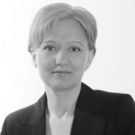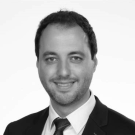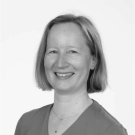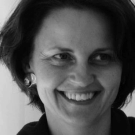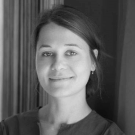The EU Commission provides extensive information documents and guidelines (see "Presentations and documents of the EU Commission"). Below we provide the most important facts about the "lump sum funding" topic.
Presentations and documents of the EU Commission:
|
What does "lump sum" mean?
The costs of beneficiaries are no longer reimbursed based on financial (i.e. cost) reporting, but instead by means of an in advance fixed lump sum payment.
The EU Commission provides for two options (type 1b is more common):
- either the EU Commission specifies the lump sum in the call and the consortia describe the activities they will carry out for this amount in their proposals (= type 1a),
- or the applicants themselves define the lump sum in their proposals and subsequently include them in the Grant Agreement (GA) (= type 1b).
How does lump sum funding differ from conventional Research and Innovation Actions in Horizon Europe?
The payment of a lump sum reduces the administrative burden, since it eliminates the need for cost reporting, record-keeping and financial audits. The focus shifts instead to the scientific-technical implementation of the project since payment is based on the contractual fulfillment of work packages.
Annex 2 of the GA fixes the share of the lump sum per work package and per beneficiary (as well as eventual "affiliated entities"). This indicates also the maximum amount of liability of each beneficiary after the balance payment.
The payment of these fixed shares of the lump sum depends on the completion of the respective work package (i.e. only partial implementation of action tasks is generally not sufficient for payment, see though "Questions & Answers").
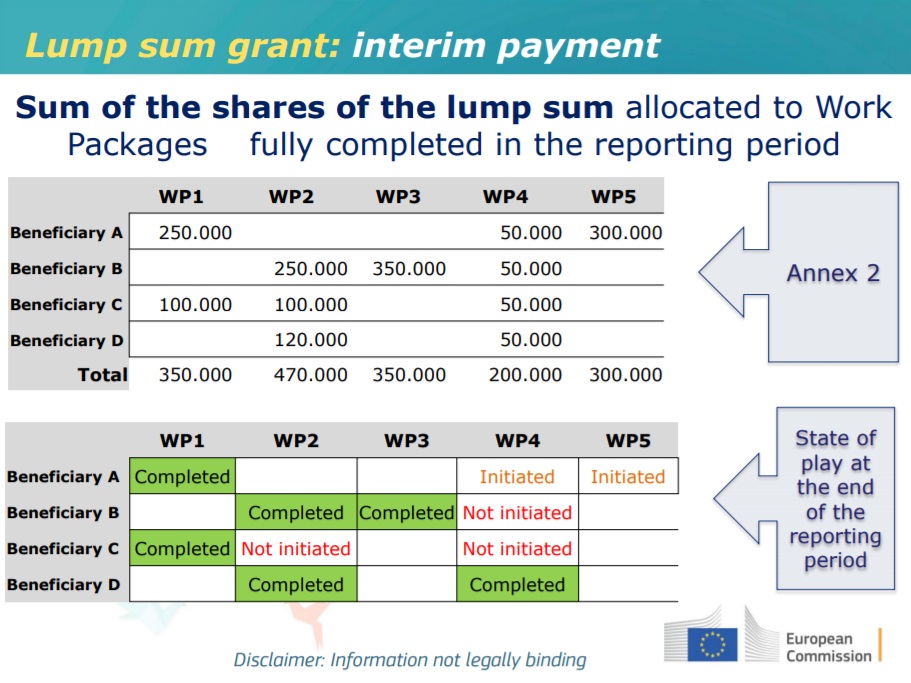
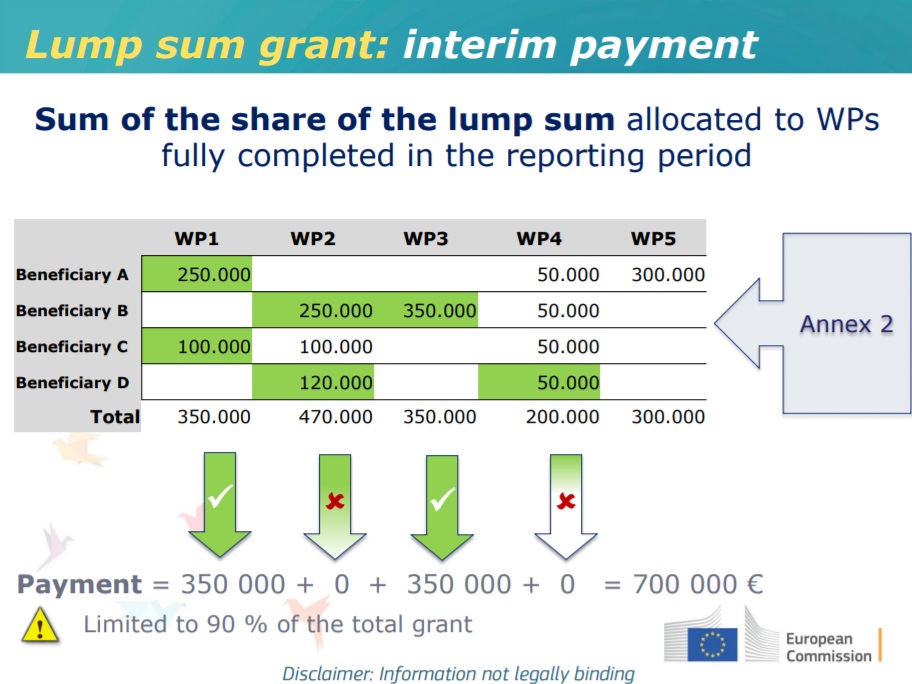
What has to be considered especially during the proposal phase?
Particular attention should be placed on the structure of the single work packages, as they play a major role for the payment of the shares of the lump sum. The number of the work packages should be reasonable and comprehensible. Horizontal, long-lasting work packages (e.g. for coordination/management or for dissemination/exploitation) can be split over the reporting periods in different work packages.
For application, the standard proposal template for Horizon Europe is used. For lump sum applications there is a higher page limit (for RIA/IA projects it is 50 pages instead of the standard 45 pages; for CSA projects it is 33 pages instead of the standard 30 pages).
Type 1b: For definition and justification of the lump sum, a budget table (as Excel file) needs to be filled out and submitted as annex to Part B of the proposal template (instruction for filling-in this budget table). With this budget table, the lump sum is calculated depending on the estimated actual costs. Only the breakdown of lump sum shares per beneficiary and per work package is included as Annex 2 in the later GA (i.e. the budget table completed and submitted is NOT becoming part of the later GA).
For the evaluation of personnel costs in lump sum projects, the EU Commission provides the "Horizon Dashboard for lump sum evaluations (personnel costs)" as orientation.
What has to be considered especially during reporting?
For reporting, the standard reporting template is used.
Only work packages declared as "completed" are considered by the EU Commission for payment of the respective share of the lump sum. The completion of work packages depends on the complete implementation of activities in this work packages according to the project description (Annex 1 of the GA) (i.e. a successful outcome is NOT mandatory). Not fully completed work packages may be completed in subsequent reporting periods. In the final report, also partially completed work packages may be declared.
There is no financial reporting as in conventional Horizon Europe research and innovation actions. Nevertheless, a simplified "Financial Statement" is automatically generated in the Funding & Tenders Opportunities Portal and submitted to the EU Commission.
What topics are eligible for lump sum funding and where do I get information about the application?
Our thematic NCPs provide more information.
Further information
Questions & Answers
Question: Are there differences in terms of project evaluation?
Answer: The evaluation criteria for lump sum projects are identical with the standard evaluation criteria (excellence, impact, implementation). The cost estimation/budget table is evaluated in accordance with the proposed activities as part of the criterion "implementation". In case of inapropriate estimated costs there will be concrete recommendations by the experts in the "Evaluation Summary Report". Over- or underestimated costs will lead to a decreased score. The standard briefing document for evaluators contain a section about evaluation of lump sum proposals (slides 64-80).
Question: What happens if the costs change after grant signature?
Answer: As soon as the lump sum is fixed in the GA, the EU Commission will not question changed costs afterwards (e.g. goods and services).
Question: Will lump sum shares be paid for only partially completed work packages?
Answer: According to articles 22.3.3 and 22.3.4 of the GA, payments by the EU Commission will only be initiated if a work package has been fully completed. Only at the moment of the final payment, the EU Commission may decide on an individual basis, to accept partial payment for work packages that have not been fully completed.
Question: Are budget transfers possible during the project implementation?
Answer: Yes, but they always require an amendment. Budget transfers between work packages additionally have to comply with two further conditions:
- The budget transfer must not be related to work packages already completed and declared, AND
- the budget transfer is justified by the technical project implementation.
Question: Are there any checks/controls by the EU Commission?
Answer: Yes, but no financial audits. There still might be controls related to the proper implementation of the project (e.g. technical check) and concordance with other non-financial duties of the GA (e.g. IPR, dissemination).
Question: Which supporting documents are needed?
Answer: Documents related to the technical project implementation, to publications/prototypes/deliverables, to the implementation of work by the beneficiaries (Who did what?) as well as any other documents proving that the work was done as detailed in Annex 1 of the GA. NOT NECESSARY are e.g. time-sheets, payslips or contracts, description of the depreciation policy, invoices, other documents proving the actual costs incurred.
Contact



